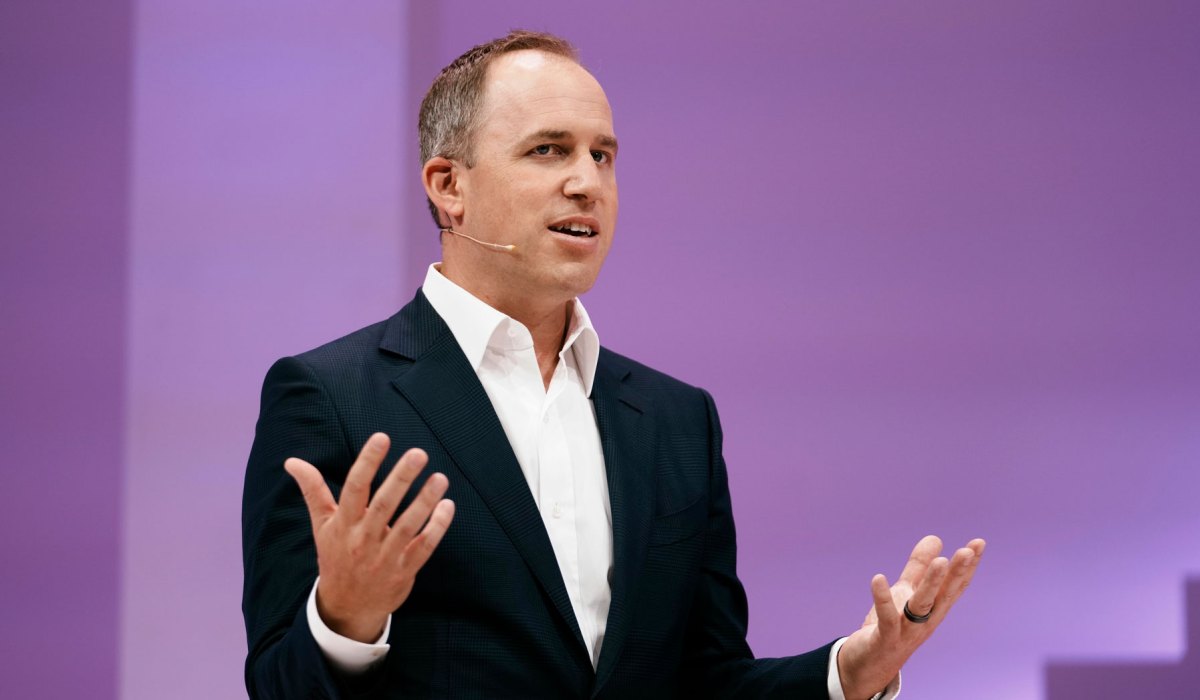In today’s fast-paced digital age, a seismic shift has occurred in the consumer goods, food and beverage, and retail sectors. The balance of power has shifted away from corporations and squarely into the hands of the end consumer. This transformation, driven largely by the rise of social media, has fundamentally altered how products are conceived, marketed and delivered to customers.
Gone are the days when businesses were the sole arbiters of trends, dictating what products would be created and brought to market. While businesses continue to play a role in setting trends, consumers are now the driving force behind product demand.
Social media platforms have emerged as powerful tools, offering companies unprecedented real-time insights into what customers love, dislike, and crave more of. These platforms have also opened up a fast-paced sales channel that was unimaginable just a decade ago.
Not only are consumers more influential than ever, their expectations of brands and retailers are rapidly changing.
FreightWaves analyzed these trends in its coverage of the 2022 IBM and National Retail Federation global consumer retail study. The report revealed that 44% of consumers now choose products and brands that align with their personal values. This rise in “purpose-driven consumers” represents a new potential challenge – and a significant opportunity – for retailers.
According to the study, these purpose-driven consumers are more likely to conduct extensive online research (75% compared to 59% of other consumers), make impulse purchases (64% vs. 52%), draw inspiration from social media (61% vs. 39%) and introduce brands or products to friends and family (58% vs. 36%). This data underscores the growing influence of consumers in shaping not just what they buy, but how they buy it.
This shift in influence has created a race among companies to meet consumer needs as quickly as possible. The key to winning this race? An agile and efficient supply chain that can respond rapidly to changing consumer preferences and demands.
Before real-time consumer demand entered the scene, companies placed less emphasis on rapid production and speed-to-market within their supply chains. That landscape has changed dramatically.
Major retailers have taken note of these shifts and are enforcing strict on-time, in-full requirements to ensure products are consistently available. This pressure cascades down the supply chain, placing increased emphasis on transportation and logistics providers to deliver products quickly and efficiently.
”When it comes to retail logistics, there has never been a greater need for speed. But with more inventory piles now spread across more e-comm and brick-and-mortar fulfillment locations in an increasingly consumer-driven demand environment where the next viral social media post could make or break the next quarter, this is much easier said than done,” said Flock Freight Chief Commercial Officer, Chris Pickett.
Story Continues

























